The cave is located north- east of the village Nithavri at an altitude of 700m, at position Kalikas. Its dimensions are 100m x 40m and has a maximum height of 20 meters. The cave has many names (Kallika Trypa, Notiki Tripa Nithavris, Paul Faure Cave, Onimachos); the last name is taken after the inscription with the ancient name ONYMAXOC at the impressive entrance.
The cave is adorned with beautiful stalactites and hides a rich history that testifies that it was inhabited since ancient times. At the center of the first room in the cave (20x10m) stands a huge stalagmite column that might was worshipped, because the ground around is full with pottery traces, dating from the 2nd millennium BC to the Roman times. It seems that it initially was the sacred cave of a Minoan settlement of the wider area of Nithavri. From the main room, two tunnels start. The first one turns to a sinkhole and heads to the northwest. The second one, narrower and less steep than the first, heads eastwards. The two tunnels are quite inaccessible, the humidity is very high and the risk of landslides is high.
During the Ottoman period the cave was used as a shelter for the local Greek rebels of Tsoupogiannis and Lantzouromarkos, who fought the Turks. The same cave was used for hiding the German General of Crete, Heinrich Kreipe, after his legendary abduction in Archanes by British and Greek agents; through the mountains, we was moved to Africa from the south coasts. He stayed in this cave for four days yet and was later moved to another cave, Vorini Tripa.
On September 30, 2006 the West Crete Department of Greek Speleological Society named the cave Paul Faure, after a French archaeologist, who dedicated most of his work to Crete and the exploration of the religious caves of the Minoans.










 Paul Faure Cave at Nithavri
Paul Faure Cave at Nithavri











































































